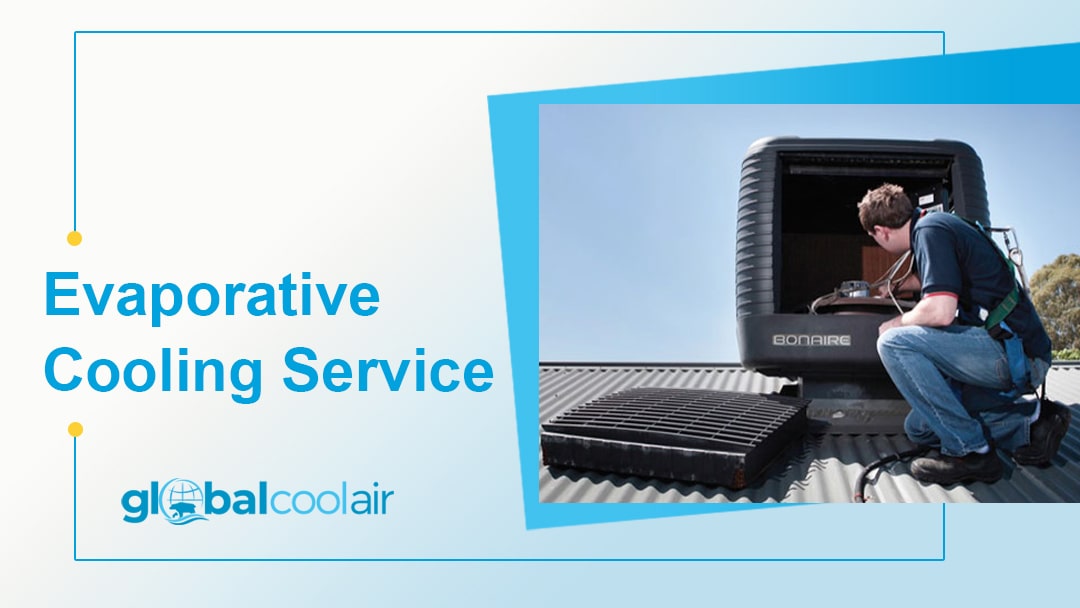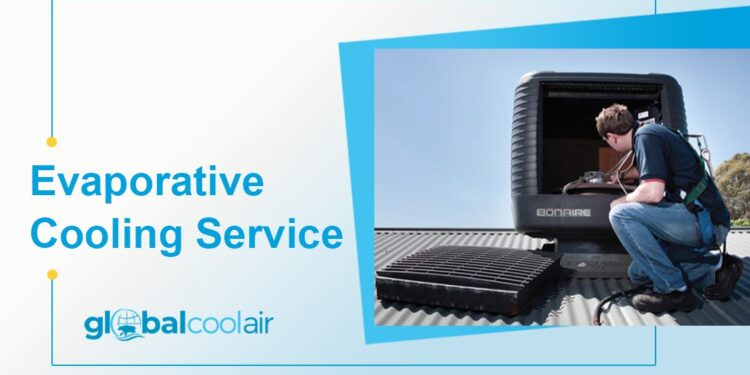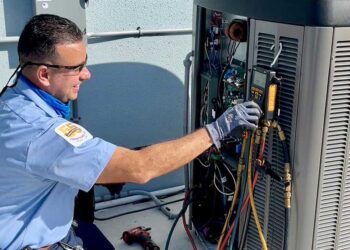Starting with the importance of evaporative air conditioning service, this article delves into why maintaining these systems is essential for optimal performance and longevity.
Exploring the procedures involved in servicing, common issues and repairs, as well as preventative maintenance tips, this comprehensive guide aims to provide valuable insights for homeowners.
 . To troubleshoot this problem, you can start by checking and cleaning the filters, ensuring proper water flow, and inspecting the pump for any issues.
If these DIY solutions do not resolve the problem, it may be time to seek professional repair services.
. To troubleshoot this problem, you can start by checking and cleaning the filters, ensuring proper water flow, and inspecting the pump for any issues.
If these DIY solutions do not resolve the problem, it may be time to seek professional repair services.

Importance of Evaporative Air Conditioning Service
Regular maintenance is crucial for evaporative air conditioning systems to ensure optimal performance and longevity. Without proper servicing, these systems can experience a range of issues that can impact their efficiency and effectiveness in cooling indoor spaces.Benefits of Professional Servicing
- Improved Efficiency: Professional servicing helps clean and maintain all components of the evaporative air conditioning system, ensuring that it operates at maximum efficiency.
- Longevity: Regular maintenance can extend the lifespan of the system, reducing the need for costly repairs or premature replacements.
- Enhanced Air Quality: Clean filters and components lead to better indoor air quality, reducing the presence of allergens and pollutants.
- Energy Savings: A well-maintained system consumes less energy, resulting in lower utility bills and reduced environmental impact.
Impact of Neglecting Maintenance
- Reduced Performance: Neglecting maintenance can lead to decreased cooling capacity and uneven air distribution throughout the space.
- Higher Repair Costs: Ignoring servicing may result in the need for costly repairs or component replacements due to wear and tear.
- Health Risks: Dirty filters and ducts can circulate allergens and bacteria, posing health risks to occupants of the building.
- Shortened Lifespan: Lack of maintenance can significantly shorten the lifespan of the evaporative air conditioning system, leading to premature failure.
Evaporative Air Conditioning Service Procedures
When it comes to servicing an evaporative air conditioning unit, there are several key steps involved to ensure optimal performance and efficiency. Regular maintenance is essential to prolong the lifespan of your unit and to keep it running smoothly.Cleaning Filters and Pads
- Start by turning off the power to the unit to prevent any accidents during cleaning.
- Remove the filters and pads from the unit carefully, following the manufacturer's instructions.
- Use a vacuum cleaner or soft brush to remove any dust or debris from the filters and pads.
- For thorough cleaning, you can wash the filters and pads with mild detergent and water, making sure to rinse them thoroughly before reinstalling.
- Allow the filters and pads to dry completely before placing them back into the unit.
Checking and Adjusting Water Levels
- Inspect the water level in the reservoir and ensure that it is at the recommended level indicated by the manufacturer.
- If the water level is low, add clean water to the reservoir to prevent the pump from running dry.
- It is important to check for any leaks in the water supply line or reservoir that may affect the water levels and cause damage to the unit.
- Regularly monitoring and adjusting the water levels will help maintain the efficiency of the evaporative cooling process.
Common Issues and Repairs
Evaporative air conditioning systems, like any other HVAC equipment, can encounter various issues that may require repairs. Identifying common problems and knowing how to troubleshoot them is essential for maintaining the efficiency of your system.Insufficient Cooling
One common issue with evaporative air conditioning systems is insufficient cooling. This can be caused by clogged filters, low water levels, or a malfunctioning pumpLow Airflow
Another common issue is low airflow, which can be a result of blocked ducts, dirty pads, or a faulty fan motor. To address this issue, you can check and clean the ducts, replace dirty pads, and inspect the fan motor for any damage. If the airflow remains low after performing these tasks, it is advisable to call a professional technician for further diagnosis and repair.When to Seek Professional Repair Services
While some minor issues with evaporative air conditioning systems can be resolved through DIY solutions, certain problems may require the expertise of a professional technician. It is recommended to seek professional repair services if you encounter issues such as major component failures, electrical problems, or refrigerant leaks. Attempting to fix these complex issues without the necessary knowledge and tools can lead to further damage and safety hazards.Preventative Maintenance Tips
Maintaining your evaporative air conditioning system is essential to ensure efficient operation and prolong its lifespan. By performing regular maintenance tasks, homeowners can prevent major breakdowns and costly repairs.Regular Inspections
- Inspect the air filters regularly and clean or replace them as needed. Clogged filters can reduce airflow and strain the system.
- Check the water level in the unit to ensure proper operation. Low water levels can lead to pump damage and decreased cooling efficiency.
- Inspect the water distribution system for clogs or leaks. Clean the water distribution lines to prevent blockages.
Early Problem Detection
- Listen for any unusual noises coming from the unit, as this could indicate a problem with the motor or fan.
- Monitor the airflow to ensure it is consistent and strong. Weak airflow may indicate a clogged filter or ductwork obstruction.
- Check for any water leaks around the unit, which could signal a problem with the water supply or distribution system.
Routine Maintenance Scheduling
- Set a regular schedule for maintenance tasks, such as cleaning the unit and inspecting components, ideally before the start of each cooling season.
- Consider hiring a professional technician to perform a comprehensive inspection and tune-up of the system at least once a year.
- Keep a maintenance log to track when tasks were completed and any issues that were identified, to help with future maintenance planning.















